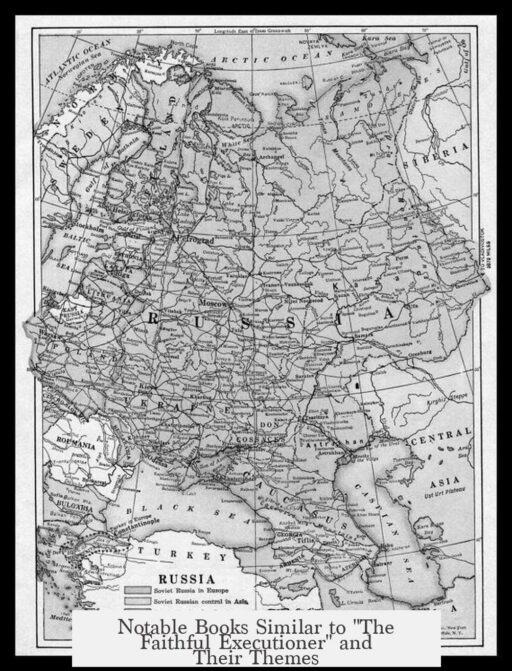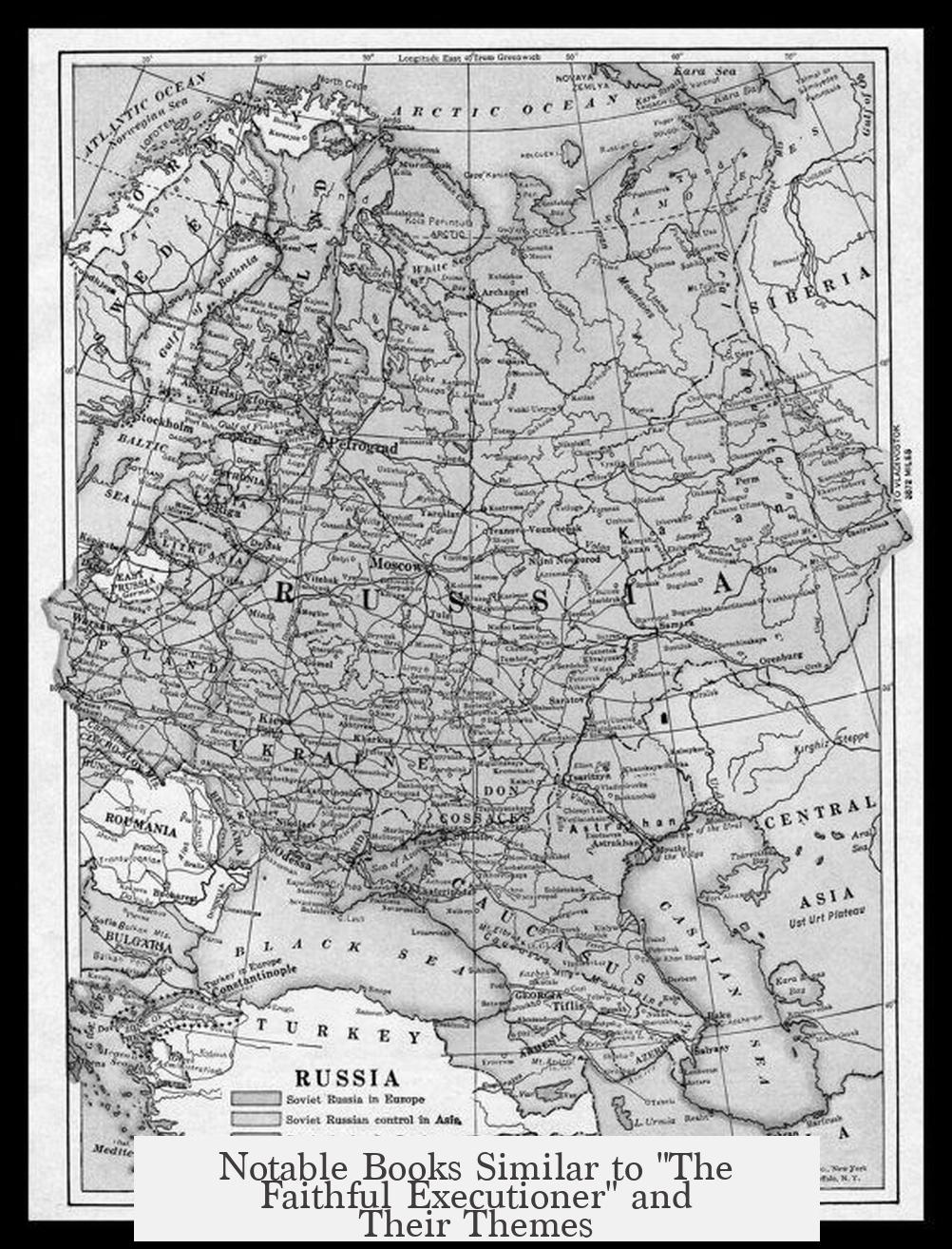Books like “The Faithful Executioner” offer a focused glimpse into history by examining the life of a single individual within a wider historical context. This approach, known as microhistory, uses detailed narratives to reveal broader trends, social dynamics, and cultural shifts.
“The Faithful Executioner” by Joel F. Harrington centers on Meister Frantz Schmidt, a public executioner in 16th-century Nuremberg. The book is based on Schmidt’s personal journal, a rare and overlooked source, documenting his career spanning 45 years. During this time, Schmidt executed 394 people and carried out many other punishments under the city’s authority. The work explores not just the grim duties of his profession but also the complexity of Schmidt’s character, revealing moments of insight, compassion, and a hope to prove his family’s honor despite being branded an outcast.
Microhistory, as a method, zooms into specific subjects like Schmidt’s life to uncover broader societal insights. This technique allows historians to transform seemingly ordinary or marginalized stories into a window on larger cultural, legal, and political patterns. “The Faithful Executioner” exemplifies how microhistory exposes the tensions and transitions in early modern Europe, especially regarding justice, authority, and social stigma.
Other notable examples of microhistories that offer unique perspectives include:
- Martin Guerre — a tale of identity theft in 16th-century France illuminating issues of community, family, and trust.
- The Cheese and the Worms — recounting the trial of an Italian miller during the Spanish Inquisition, shedding light on popular culture and religious control.
These works demonstrate the power of detailed case studies to reveal broader historical dynamics. They are widely used in academic settings to teach historical methodology, showing how to derive significant conclusions from the micro-level study of individuals and events.
Joel F. Harrington is a respected historian specializing in German social and religious history. His research provides deep context for Schmidt’s life and times. By focusing on a single man’s journal, Harrington reconstructs a vivid panorama of Renaissance Europe. His ability to capture the moral contradictions in Schmidt’s character—both executor of cruelty and a man seeking honor—adds complexity to the narrative.
“The Faithful Executioner” reaches beyond biography. It portrays a Europe on the threshold of modernity, revealing how ordinary people navigated social roles, justice, and stigma within emerging civic structures. It challenges readers to reconsider simplistic views of historical figures long branded as villains or outcasts.
For those interested in similar narratives or wanting to explore microhistory further, numerous titles and reading lists exist. Searching “microhistory books” or consulting large library catalogs will reveal many works guided by similar methodologies. Fans of “The Faithful Executioner” might also enjoy related titles that delve into individual lives to shed light on wider historical patterns.
| Aspect | Details |
|---|---|
| Subject | Meister Frantz Schmidt, 16th-century executioner in Nuremberg |
| Methodology | Microhistory, focused on a single individual’s detailed records |
| Historical Context | Renaissance Europe, civic justice systems, social stigma |
| Author | Joel F. Harrington, historian of pre-modern Germany |
| Notable Themes | Morality of justice, complexity of social roles, identity and honor |
Readers of “The Faithful Executioner” often seek books that combine detailed personal narratives with rich historical insight. Below are key takeaways regarding books such as “The Faithful Executioner”:
- They employ microhistory to examine a focused subject in great detail.
- The stories reveal broader social, cultural, and political dynamics beyond the individual.
- They often uncover complexity in characters typically seen in a one-dimensional light.
- Books like this serve as excellent examples for historical methodology, teaching how to extract big-picture understanding from small-scale stories.
- Such works require access to rare or overlooked primary sources, often personal journals or court records.
- They illuminate transitions in history by connecting personal experience with societal change.
To explore more, consider looking up microhistory reading lists and exploring related titles in historical biography and social history. These books deepen understanding of the past by bringing to life the experiences of individuals like Frantz Schmidt, whose roles in history challenge conventional moral and social narratives.




